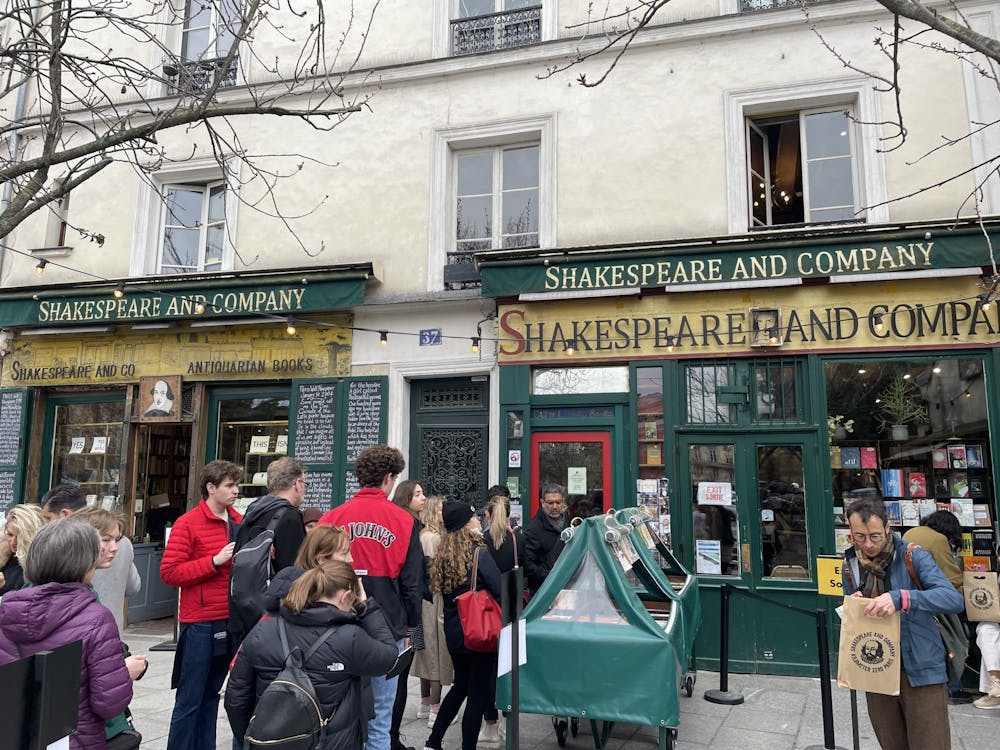The Bloomberg School of Public Health has been attracting major national attention since the coronavirus (COVID-19) pandemic hit the United States. According to Bloomberg’s Audience Development team, the Hopkins Coronavirus Resource Center got hundreds of millions of views at its peak and is still cited daily as the main source of COVID-19 data for media outlets, schools and other institutions. Experts from the school have been featured in media coverage and consulted by people across the globe in these truly unsettling times.
Although the reasons behind the University’s becoming a household name are tragic, its Audience Development team has taken advantage of its newfound popularity by posting eye-catching graphics on social media in order to better spread public health messages.
Nick Moran, associate director of audience development at Bloomberg, explained how, besides posing a public health issue, the pandemic has created a practical problem for him and his team. With all Hopkins students and faculty going remote, they did not have access to their normal content source: pictures of students hanging out on campus.
While many peer institutions either started posting pictures of their empty campuses or stopped posting altogether, Moran and his team saw the attention that Bloomberg was getting as “a unique opportunity for the School of Public Health to share guidance.”
They decided to use their graphic design skills to pursue their mission as a public health institution.
“We thought, ‘People are looking at us, so what can we do that will be useful?’” he said. “We thought translating science for audiences that might not be getting it through traditional outlets... would be a good use of our time.”
Since March, when Moran and his team began creating graphics to replace their usual photography, the style of the account has become more complex and distinctive. While their bold text and simple, easily digestible images have remained constant, they have evolved to include more textured backgrounds and detailed graphics. All of their content addresses serious and science-based issues related to public health during the pandemic.
However, recently the account has branched out, turning to humor and specialized graphics to share information with 18- to 24-year-olds. This is a demographic that Hopkins does not usually target but interacts heavily with on its Instagram posts. These posts, including one that demonstrated how to have a frat party during a pandemic (“Don’t!”), have been a wild success and seen across Instagram by current students and recent alumni, as well as their networks.
Moran reflected on how he and the Audience Development team have confirmed something that they had long suspected: Instagram is by far the most effective way to spread public health messages to young adults. He explained how, thanks to the creativity the pandemic forced them to integrate into their posts, they were able to unlock a whole new group of people who could be influenced by their public health messages.
“When you think through public health as a discipline, that age group is where you can make the most impact on good public health behaviors and being politically aware on issues that will affect that person for the rest of that person’s life,” he said. “This has shown us that that audience not only is open to this type of message but really enthusiastic about sharing this sort of messaging within their network.”
Students in the Public Health program largely agree with Moran’s assessment of the effectiveness of using creative graphics to depict public health statistics. While undergraduate Public Health majors Rhea Saini and Jeremy Costin would like to see Bloomberg’s Instagram graphics paired with more scientific information, the students expressed their excitement at this combination of artwork to heighten and further public education.
Saini applauded the Bloomberg School of Public Health in an email to The News-Letter.
“I love what the school has been doing with their informational social media posts... [A] large issue many [healthcare] providers face is health-care literacy,” she wrote. “It is quite hard to find medical information that explains conditions or diseases in an easy-to-read manner for individuals who are not in the medical field.”
In an email to The News-Letter, Costin, who is part of the Bachelor of Arts/Master of Health Sciences program in Bloomberg’s Department of International Health, expressed his pride in the school for rising to the occasion and using it to spread important messages.
“Since the Bloomberg School is a leader in public health, it is good that they are using their social media to share effective ways to prevent the spread of coronavirus,” he wrote. “People really respect the institution and will hopefully follow their advice.”
As arguably the most prominent institution of public health in the United States, and at a time when health and safety are at the forefront of most minds, Bloomberg has a weighty responsibility of making sure it spreads the best practices to everyone relying on them for information. While this certainly means keeping its data collection and official recommendations up-to-date, the Audience Development team has proven that its goals as a public health institution can also be achieved through more creative outlets that reach populations otherwise untouched by its mission.
Correction: At its peak, the Coronavirus Resource Center was getting hundreds of millions of views but not daily.
The News-Letter regrets this error.





